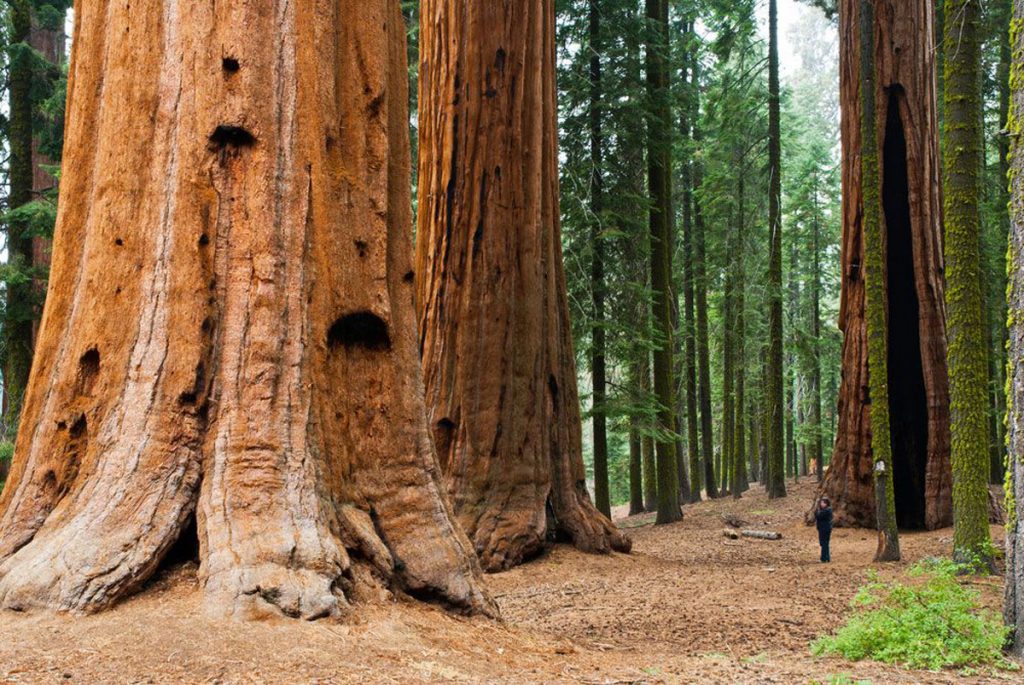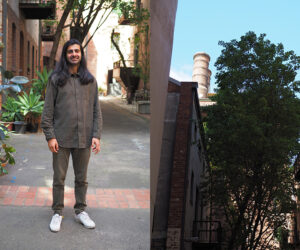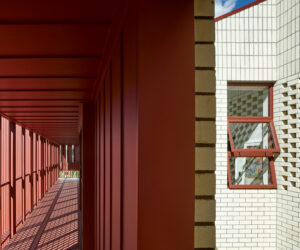Koichi Takada to speak at DesignBUILD 2019
Internationally recognised architect Koichi Takada will explore his philosophy of merging architecture with nature as part of the DesignBUILD speaker series on Thursday 16 May at 3pm.
Takada’s growing practice is also gaining an international reputation and is about to change the skylines of Tokyo, Los Angeles and Mexico City. The studio is currently working on six interiors for the National Museum of Qatar, under construction in Doha.
Originally from Japan, architect Koichi Takada asserts that the past and its traditions are vital when looking at the design of our future buildings.
Since establishing Koichi Takada Architects in 2008, Takada has led his Sydney-based practice to deliver award-winning projects such as Infinity in Green Square, a futuristic $525 million mixed-use development shaped like a giant loop and nicknamed The Doughnut.
Ahead of the DesignBUILD expo in May, where Takada is one of the headline names in the speaker program, he reflects on the role of traditional culture in building design and its intersection with the use of nature in our cities to demand sustainability in densely urbanised cities.
“Japan has managed to preserve much of its traditional values and customs, which is something that we can learn from. Whether you are designing a house or a building – or a whole city – we need to be mindful that we don’t lose that heritage,” says Takada.
“In Japan, culturally and traditionally, people have that sense of respect, whether it is toward the city or towards nature. Even if it’s just a tiny object, people still give it a lot of respect and take care to maintain it. They almost put the soul into any object, whether it is a living thing or an inanimate object.”
“It’s about learning from the lessons of the past to create the buildings of the future. Even with the Infinity project, for example, which raises 63 tonnes of steel 54 metres up in the air, we thought about humanised landscapes, balance and natural voids.”
“Preserving ancient traditions and cultural values is perhaps something designers and members of society can learn from.”
Takada says his Japanese upbringing informs his belief that nature and architecture can be better integrated.
“In Japan, nature can be a threat to us. We know, for instance, that tsunamis or earthquakes could destroy the city. At the same time, because of that, we celebrate the beauty of what nature gives us. Culturally, we honour the cherry blossoms of the hanami spring festival, and at autumn the colour of the maple trees,” Takada says.
“For me, this respect of nature has been an inherent part of designing – bringing nature back into the city as, otherwise, it can be such an artificial environment. The way that I look at this is to say, ‘How can landscape be architecture, and how can nature be architecture?’”
“The feeling of a soft breeze, the acoustics in a cave or the ambiance of natural light through a tree canopy – these are elements we cannot draw in our designs, but we still try to include them in the experience of architecture.”
While his Japanese heritage is a wellspring of philosophical inspiration, Takada says that Australia’s culture, environment and architecture provide a strong model for the studio’s work overseas.
“For me, to tap into my Japanese heritage is to celebrate all the good things about Australia as well. Australian architecture, especially that which celebrates the outdoor lifestyle and is in harmony with the natural environment, provides us with a concept that we are now taking overseas to Los Angeles, Mexico City, Tokyo, Jakarta, Doha, and a couple of European cities where we have projects coming up,” says Takada.
“We look at Australia as a good model for how we can facilitate making a greener environment. For instance, in Los Angeles we are designing a building that will be the healthiest place you can live in downtown LA.”
Humanising our cities, and design more generally, is incredibly important for Takada. Most recently, working with Japanese architect Kenjo Kuma, Koichi Takada Architects has won a competition for a 19-storey residential project in Waterloo that will feature a vertical urban forest.
“Because of the concentration of people in large cities, the nature of building today is to go higher and bigger. But of course, as the cityscape gets taller it becomes intimidating to experience from the human scale on the street level,” he says.
“With all the technology in this digital age that enables us to go taller, bigger and lighter we must not forget the part that celebrates our life, being human, having a human touch. It’s something that I’m very interested in demonstrating through architectural design, which also relates back to drawing inspiration from cultural and natural heritage.”
In response to these challenges, Takada believes in creating tranquil moments amid our bustling cities.
‘We’re all under a lot of stress today living in the city – with its fast pace, we are constantly under pressure, constantly looking at our watches, our mobile phones. But our contribution to architectural design is to create a space of reprieve. We want to press pause, as the pause is when we can tap into infinite possibilities and inspirations,” he says.
In this way, small moments can connect with much larger concerns about sustainability.
“We need to encourage more and more architects and designers to facilitate important calls, to make the city much more sustainable for the generation to come. We need to tackle the traffic, the pollution – all the things that modernised the city, we need to look at and question again,” Takada says.
“And perhaps at some point we need to reverse the cycle to see how we can coexist in a new form.”
Urban gardens and the importance of naturalising our cities is a conversation with Koichi Takada at DesignBUILD 2019 on Thursday 16 May at 3pm.
For more information and to book tickets, please visit designbuildexpo.com.au




